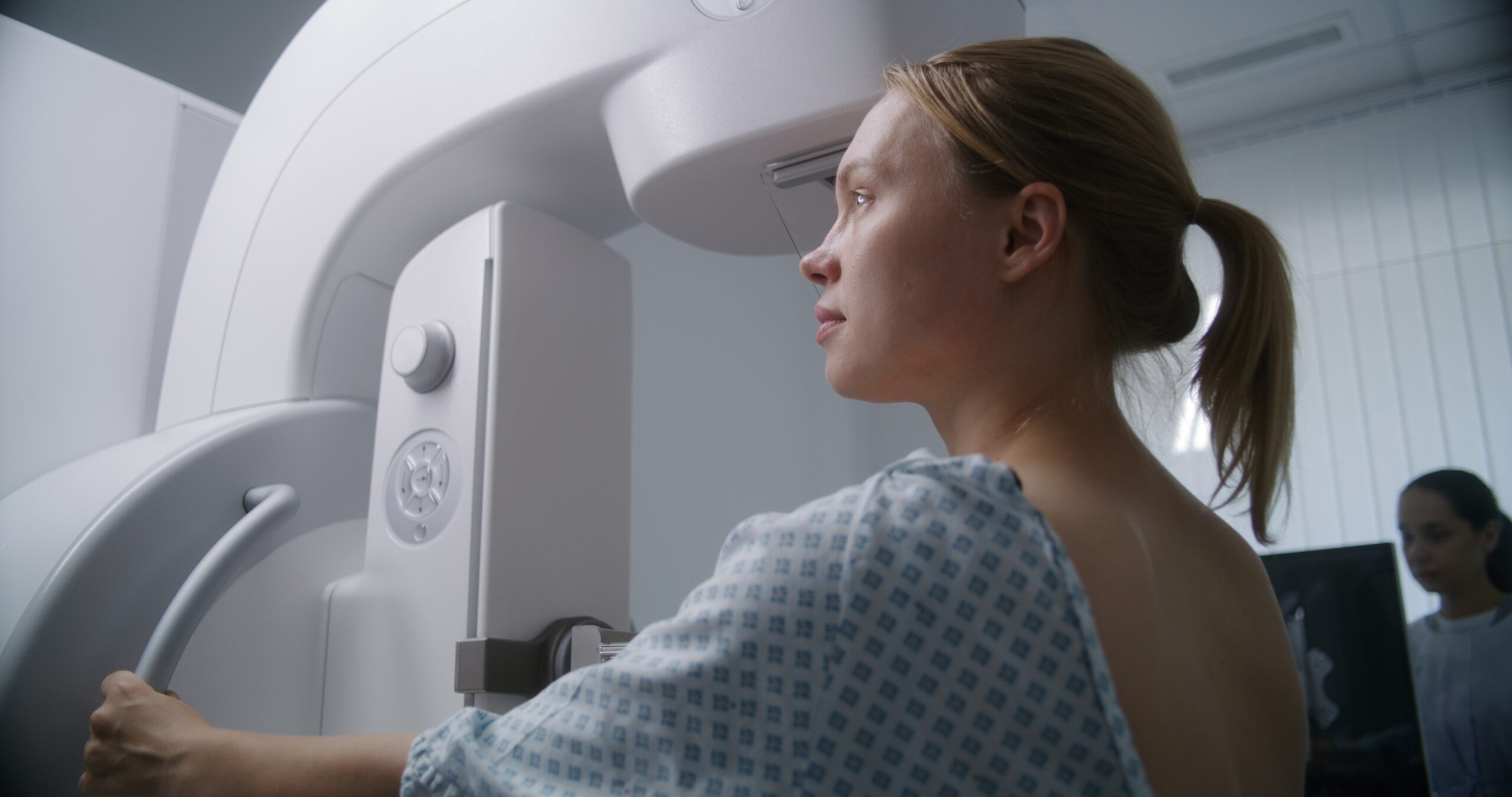
Breast cancer screening is an essential part of early detection, and mammograms play a crucial role. However, many women don’t realize that breast density can affect how well a mammogram detects cancer. This is why understanding breast density and its impact on screening is important.
What is Breast Density?
Breast density refers to the amount of fibrous and glandular tissue in the breast compared to fat. Dense breast tissue appears white on a mammogram, just like potential tumors, making it harder to detect abnormalities. Women with dense breasts may have a higher risk of developing breast cancer, but having dense breasts does not mean they will get cancer.
Breast density is classified into four categories:
– Almost entirely fatty (low density)
– Scattered areas of fibroglandular density (somewhat dense)
– Heterogeneously dense (can obscure small masses)
– Extremely dense (lowers mammogram sensitivity)
If a woman’s breasts fall into the last two categories, it means mammograms may not be as effective in detecting cancer.
The Difference Between a Mammogram “Missing” Cancer and a Radiologist “Missing” It
One important distinction in breast cancer screening is that there’s a difference between the mammogram itself not showing a tumor that may be there, and a radiologist failing to recognize an abnormality that should have been noticed.
1. Mammography Limitation (Dense Tissue Obscuring Cancer)
When a cancerous lesion is hidden within dense breast tissue, it may be undetectable even with the best technology. This isn’t a failure of the radiologist but rather a limitation of the imaging.
2. Radiologist Oversight (Missed Interpretation)
In some cases, an abnormality may be visible, but the radiologist does not recognize it as suspicious. This can be due to human error, differences in interpretation, or even variability in how breast density is assessed.
This distinction is crucial when evaluating cases where breast cancer was diagnosed later than expected. If a radiologist overlooked something that was visible, it may be considered a failure of interpretation rather than a limitation of the mammogram itself.
What Can Women with Dense Breasts Do?
If you have dense breasts, you may want to discuss additional screening options with your doctor, including:
– Digital Breast Tomosynthesis (3D Mammography):** May improve detection in dense breasts.
– Breast Ultrasound: Can help find cancers that are hidden in dense tissue.
– Breast MRI: Often used for high-risk patients but can also help detect cancer in women with dense breasts.
The Takeaway
Breast density is a natural and common variation among women, but it can make breast cancer harder to detect with standard mammography. If you have dense breasts, understanding the difference between an imaging limitation and a radiologist oversight can help you make informed decisions about your breast health. If you have questions related to malpractice in imaging, please contact us.

